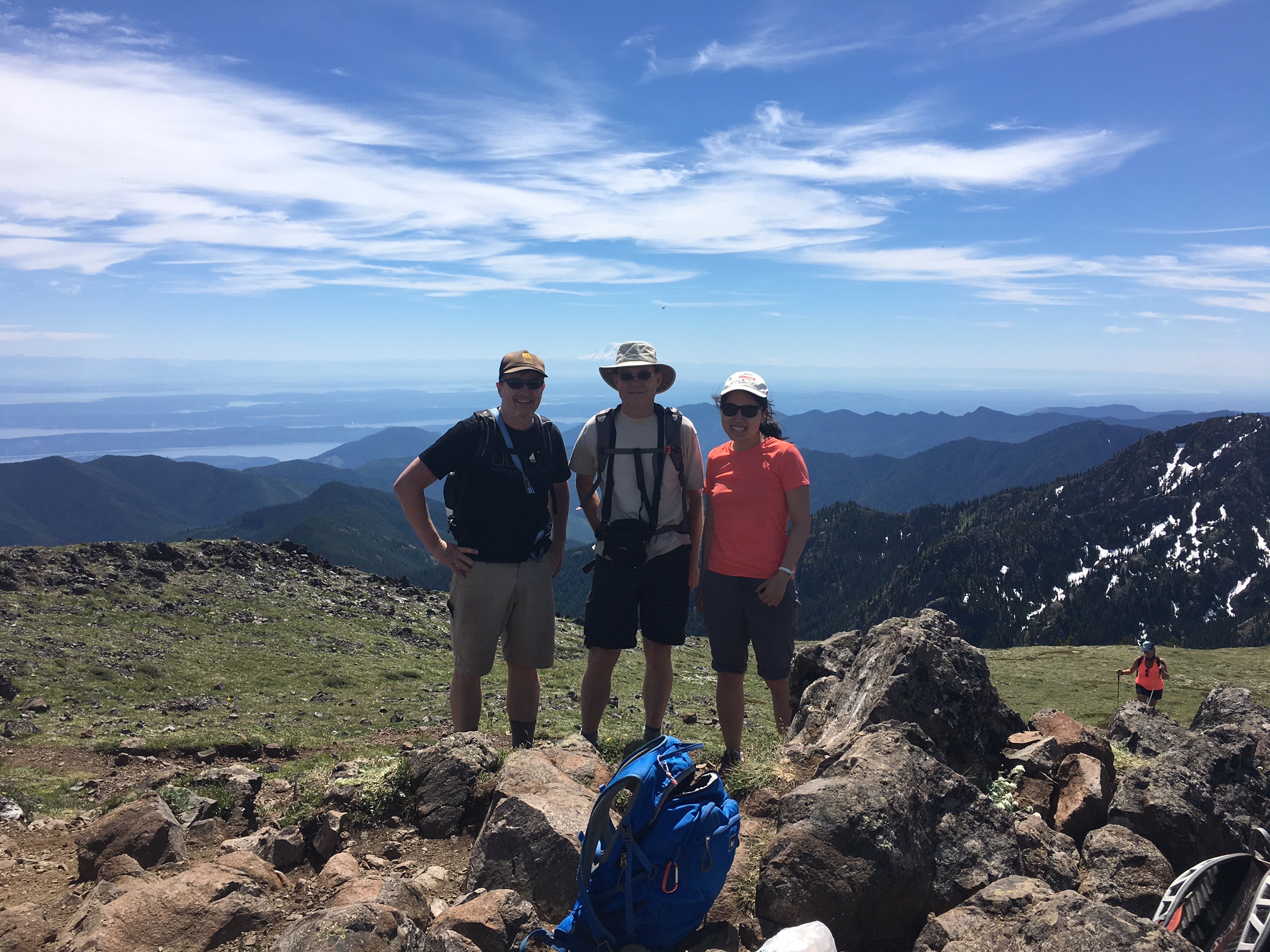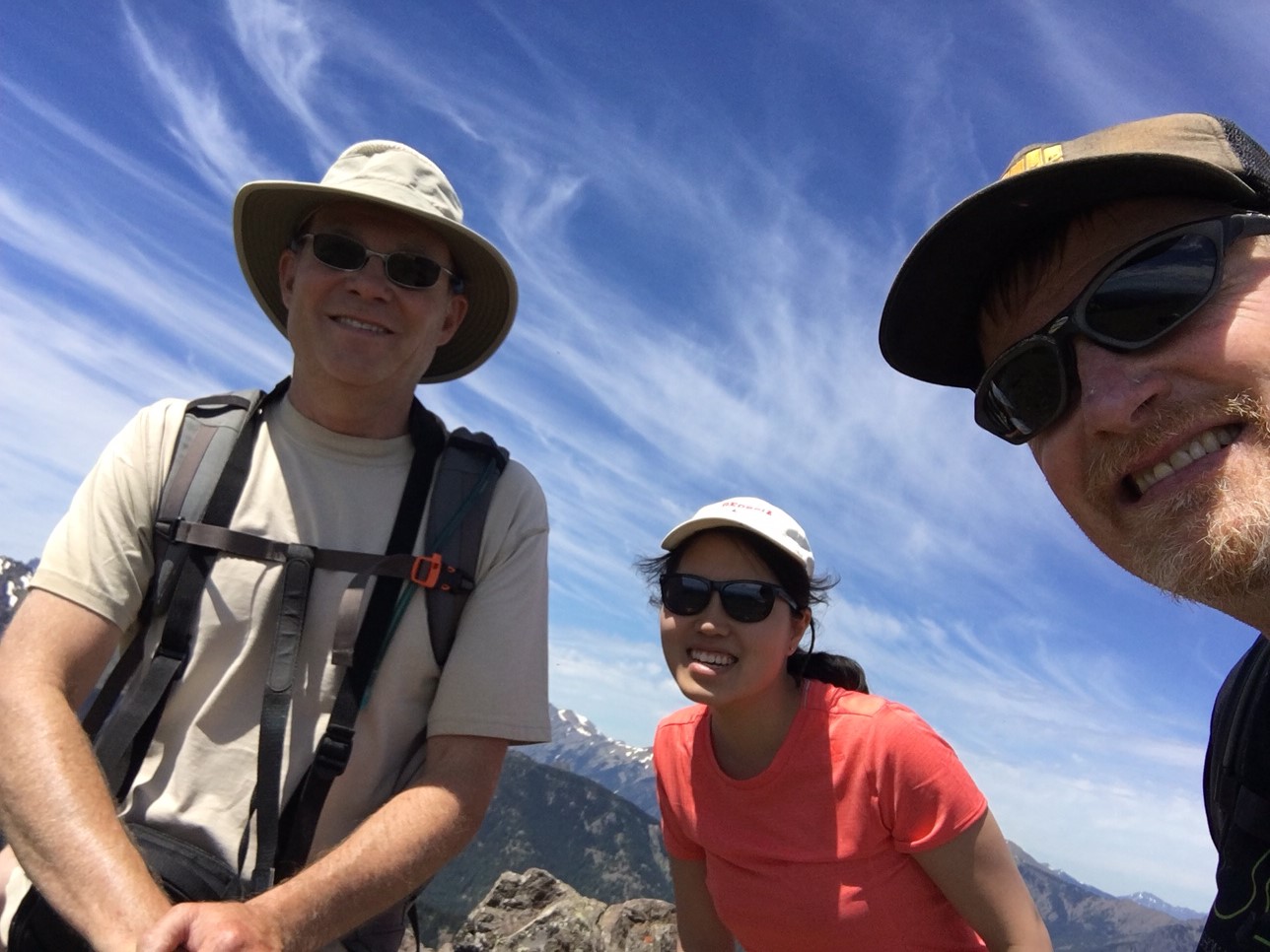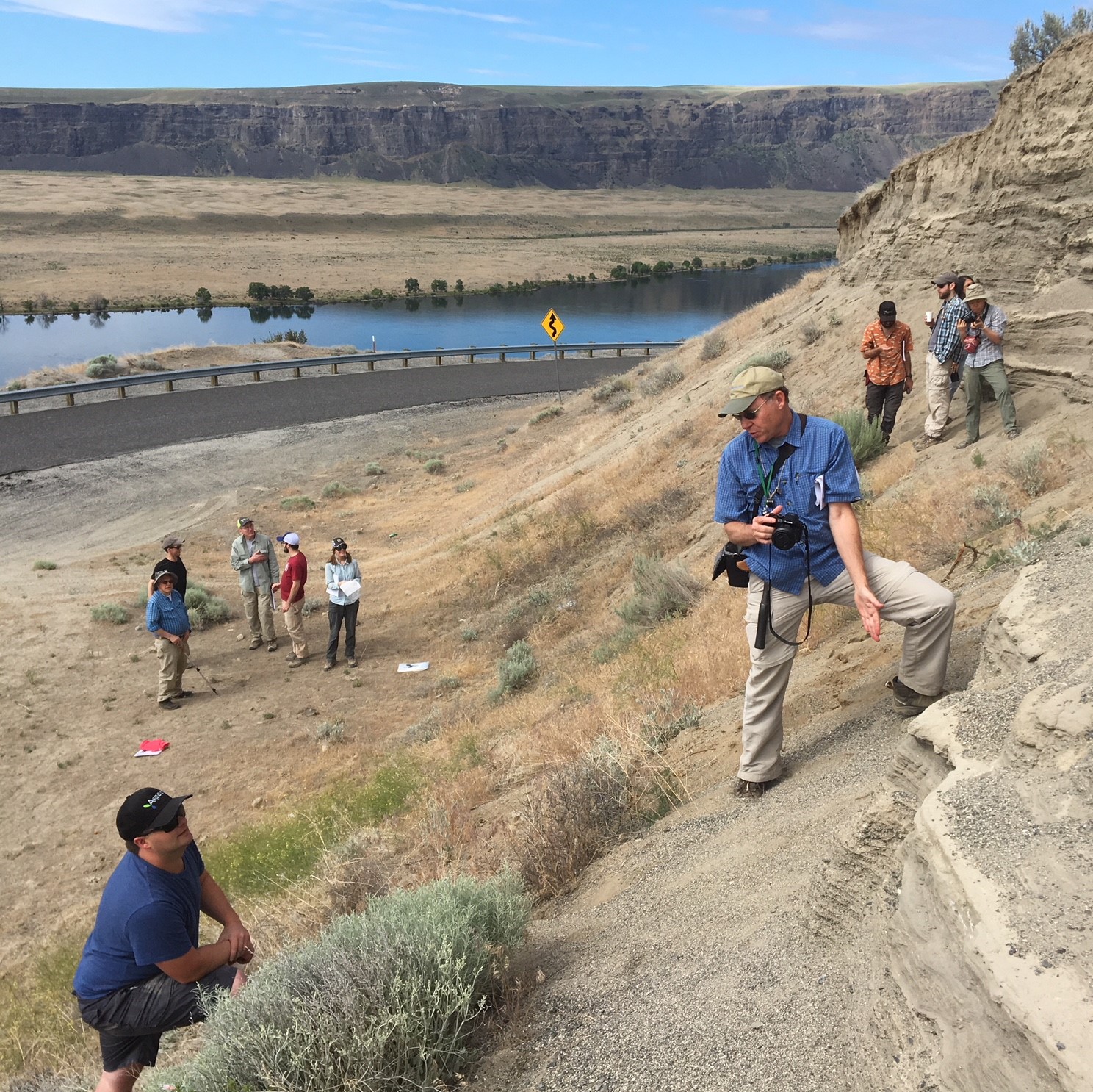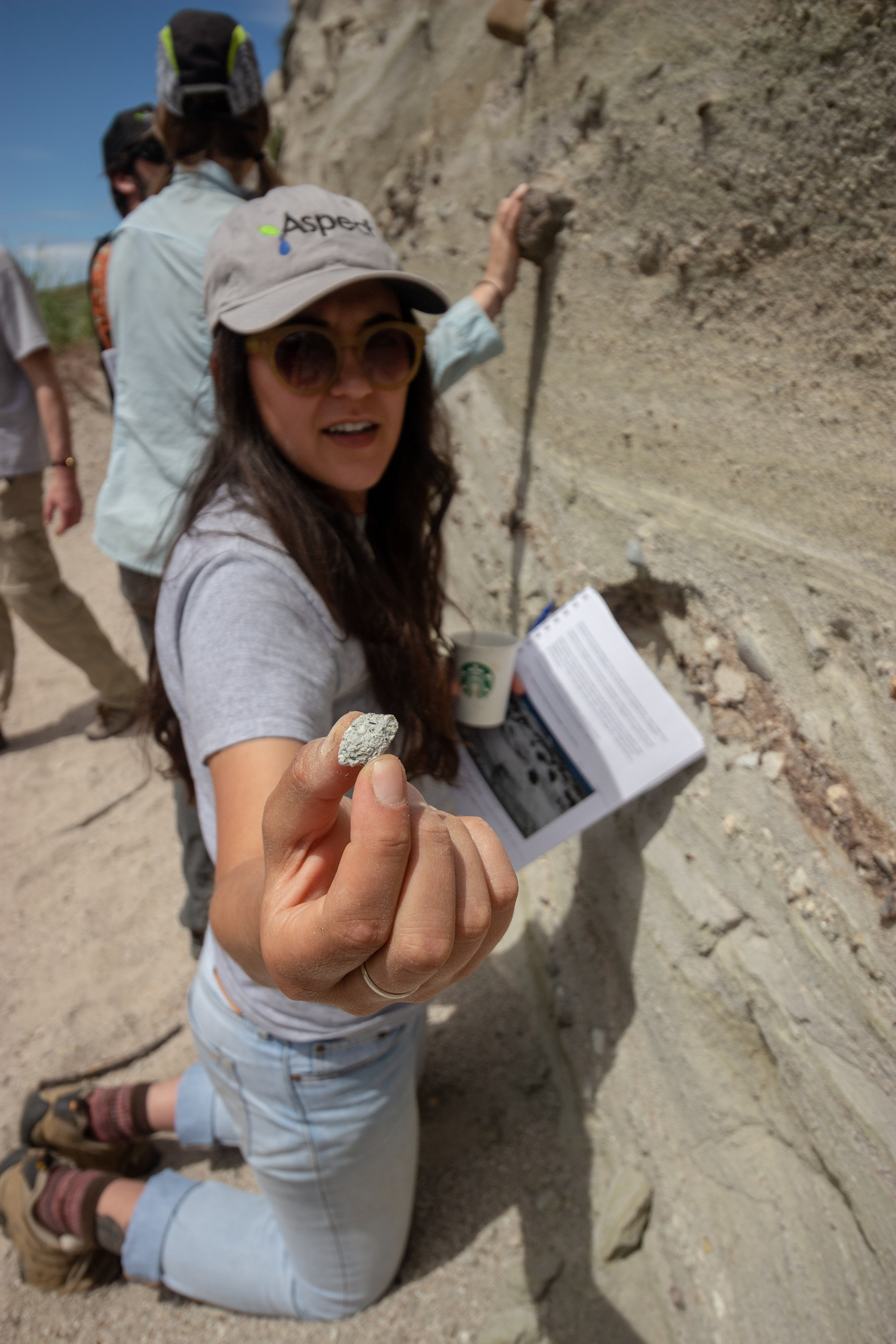Principal Geotechnical Engineer Henry Haselton, PE, PMP, and Principal Engineering Geologist Dave McCormack, LEG, LHG, will serve as co-chairs on the upcoming Landslides program for The Seminar Group on Thursday, October 25, 2018, at 9 am the Washington Athletic Club. This seminar covers the science behind slope movement and landslides in Washington and discusses the liability concerns for a wide audience of attorneys, claims professionals, and real estate experts. Henry and Dave’s presentation will focus on the science of landslides, including the different types, their causes, and methods for stabilization.
Aspect’s Henry Haselton and Dave McCormack Join October Landslide Seminar
Aspect’s Principal Geotechnical Engineer Henry Haselton and Principal Engineering Geologist Dave McCormack will participate as faculty at The Seminar Group's Landslides program on October 25, 2018 at the Washington Athletic Club in Seattle. This seminar covers the science behind slope movement and landslides in Washington and discusses the liability concerns for a wide audience of attorneys, claims professionals, and real estate experts.
Central-Washington Geology: Field Trip!
Rocks have histories and their histories tell us stories.
This was the underlying theme of Aspect’s recent seminar on central Washington geology, led by esteemed experts Dr. Kathy Troost, LG, of Troost Geosciences and the University of Washington and Dr. Eric Cheney, Geology Professor Emeritus at UW. While topography alone makes clear the relevance of geology to the eastern Washington landscape, less sure is how the regional setting impacts the realm of projects—those distinct points on and below the ground where Aspect’s earth science and engineering work enters in.
Over two days in June, staff from across Aspect’s offices came together to learn about big-picture geology and earth processes related to 66 million years of local history, and then travel to the outcrops to see the deposits firsthand. Woven throughout were the contributions of each person’s unique experiences with geology and relevant insights from nearby project sites. Together, the balance provided each of us the tools to make sense of an otherwise complex landscape; a way to break it down into manageable pieces, put it back together, and learn what it has to tell.
How Will We Hold Up to The Cascadia Megaquake?
Two recent articles in The Seattle Times explore how the Pacific Northwest's infrastructure will be affected by the next major earthquake.
New Cascadia quake analysis shows building retrofits could save many lives
Back in 2015, our very own Dave McCormack chimed in with his thoughts in response to the now infamous New Yorker story, The Really Big One.
A Geologist's Thoughts on the Pacific Northwest Mega-Quake Story
Source: USGS
The Geology of Central Washington's Rattlesnake Ridge Landslide
Geology is on everyone’s mind in Yakima County as officials grapple with the ongoing Rattlesnake Ridge slide and how to help the community below it. This drone footage captures the surface features of the slide in detail.
Given the geology of the area, Aspect’s Principal Engineering Geologist Dave McCormack summarizes the likely forces behind the slide: “Geologic studies have shown that slides of this nature are fairly common on the flanks of the numerous anticlinal ridges in central Washington. While most are ancient and have not moved during recent history, there are examples, including the Nile Valley landslide of 2009, where old slides have reactivated, or new slides began. These slides occur where basalt flows are interbedded with sedimentary strata. While the basalt strata may be relatively strong, the sedimentary interbeds are often weathered and weak.
When the gravitational driving forces acting on these dipping strata exceed the resisting strength of the weathered sedimentary strata, they begin to slide. There are multiple factors in the delicate balance of gravitational forces versus resisting strength, including the properties of the rock, degree of weathering, groundwater levels, the geometry of the slope, etc.
Triggers for activation of landslides can include increases in groundwater level, strong earthquake shaking, or changes in slope geometry from natural causes like river migration, or human-caused grading. Because of the multiple factors involved, teasing out the exact triggers of a slope failure can be challenging, and the expected type of failure (fast debris runout, slow creeping failure, rockfalls, etc.) difficult to predict.”
Geologic insight will continue to be relied on as the slide keeps moving.
Staff Meeting at 6200 ft.
An impromptu Aspect staff meeting took place atop Mount Townsend (ele. 6,260 ft.) on the Olympic Peninsula last weekend. Staffers Henry Haselton and Dave McCormack were hiking along one of the trails when they ran into their colleague Na Hyung Choi, who had started up from the Upper Trailhead earlier in the day.
Items on the agenda included the gorgeous array of wildflowers and various streams created from the melting snowpack. But the main topic of discussion was the breathtaking view, which included Mount Baker, Glacier Peak, Mount Rainier, Mount Adams, the faintest hint of Mount St. Helens, and Puget Sound stretched out like a cat at their feet.



Aspect on the Radio
Geologic Issues for Developers and Homeowners
Dave McCormack, Aspect’s Senior Associate Engineering Geologist, was a recent guest on Alternative Talk 1150AM KKNW’s Condo & HOA Buzz. Hosts Duncan Kirk and Marshall Johnson quizzed Dave on the role an engineering geologist plays in building construction, development, and assessment to advise design teams on the best method for construction. They explored a number of geologic issues that can cause hassles for condo and Homeowner Association (HOA) dwellers—like eroding slopes, cracked foundations, seeping stormwater, and, of course, earthquakes—and how they can be addressed.
Listen to the full show in the Condo & HOA Buzz archives (select the August 5, 2015 show, the interview starts at the 5 minute 30 seconds mark).
A Geologist's Thoughts on the Pacific Northwest Mega-Quake Story
As the aftershocks of Kathryn Schulz’s article The Really Big One in The New Yorker continue to reverberate across western Washington, Aspect is fielding questions from concerned family members, friends, and clients. Will everything west of I-5 really be “toast”? Should I be worried about a landslide on the hill in my backyard? Is my house going to hold up against a 9.0 quake?
Read More
















